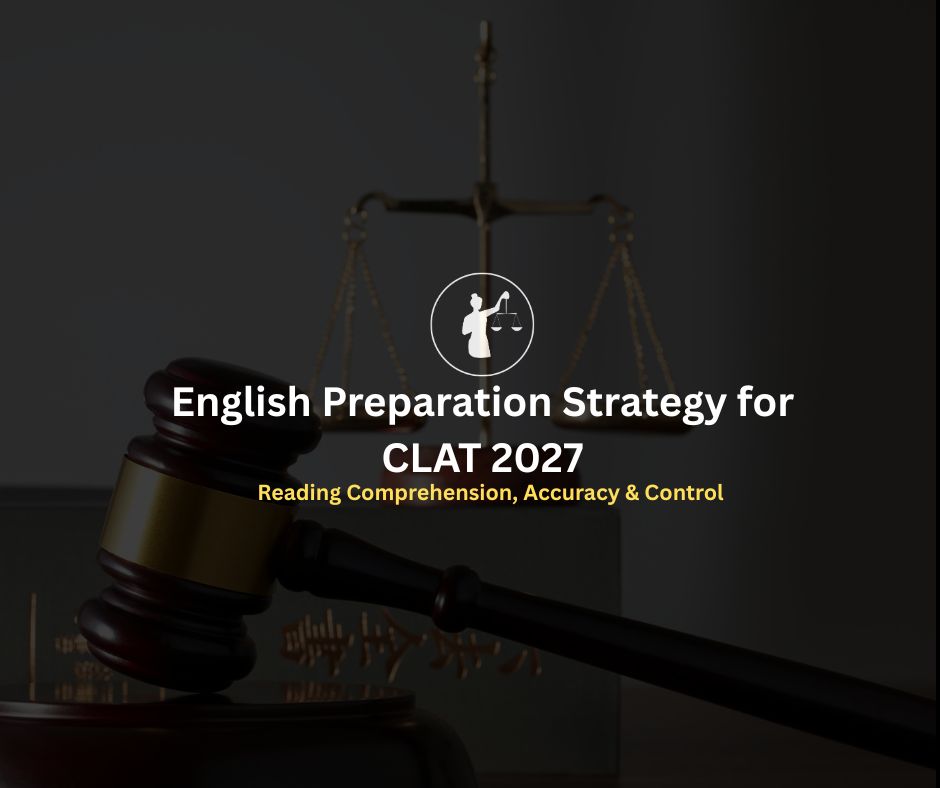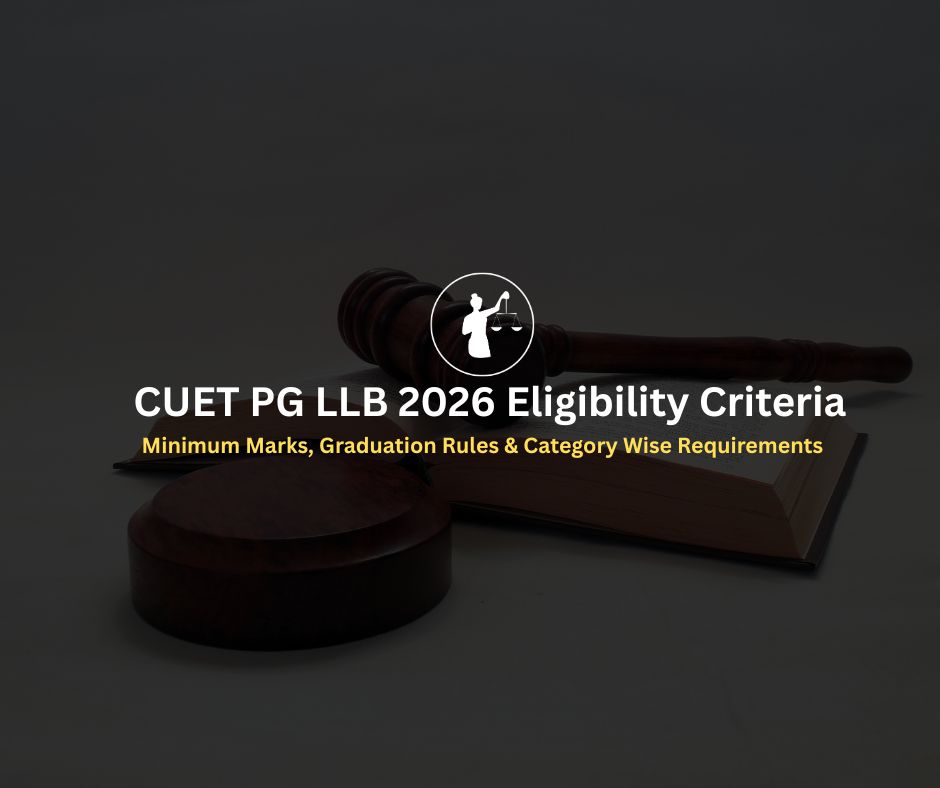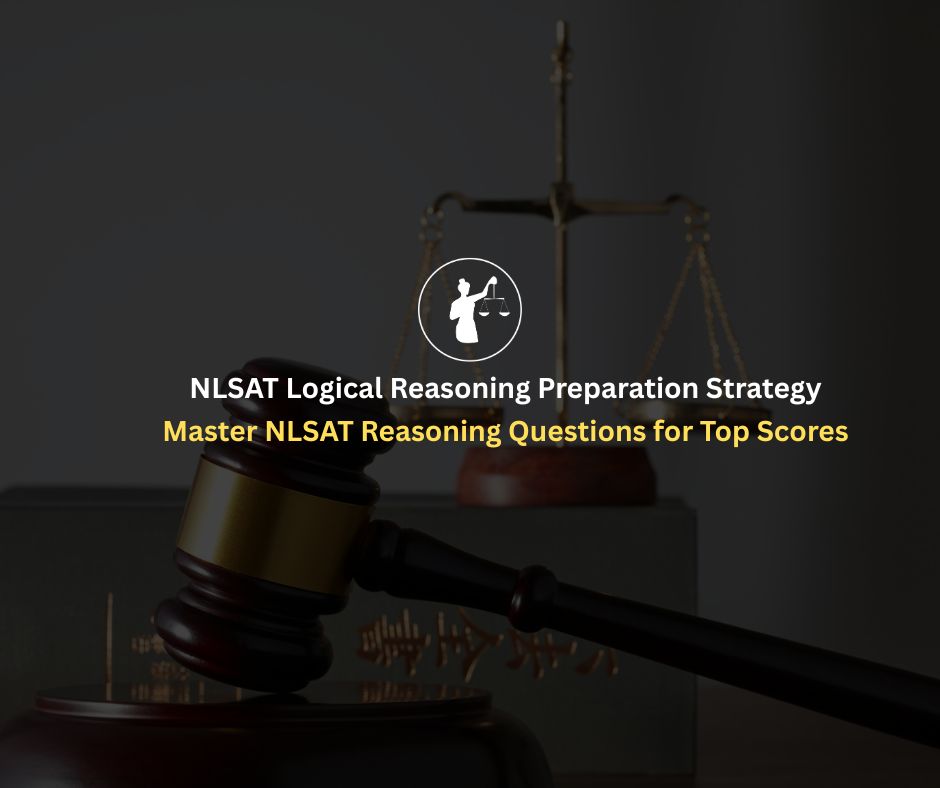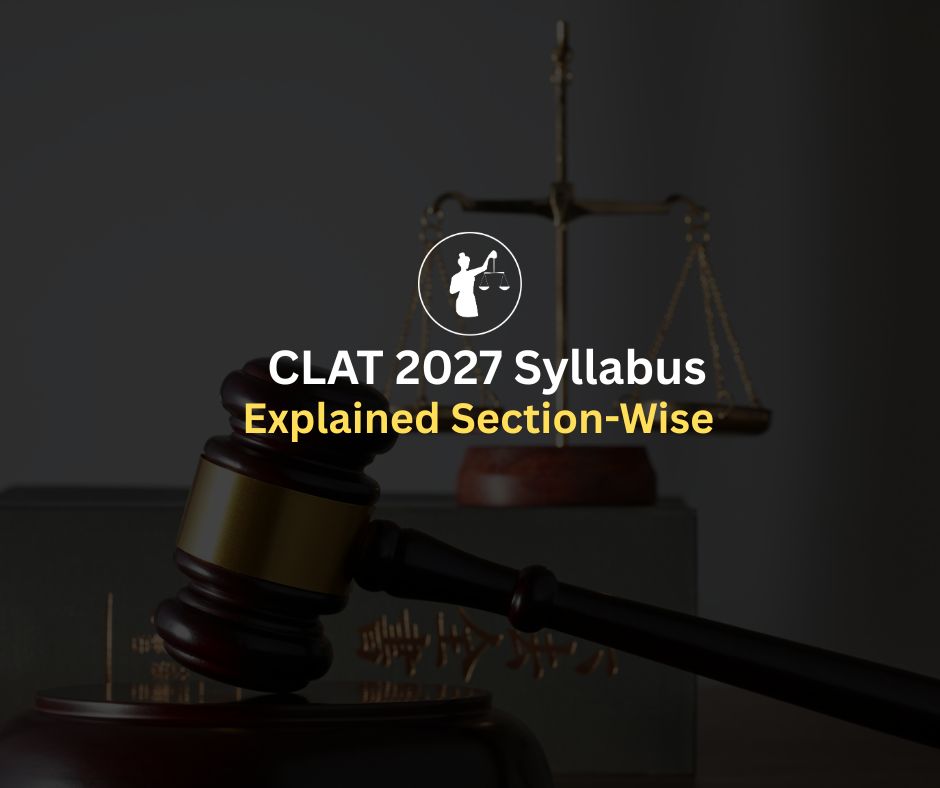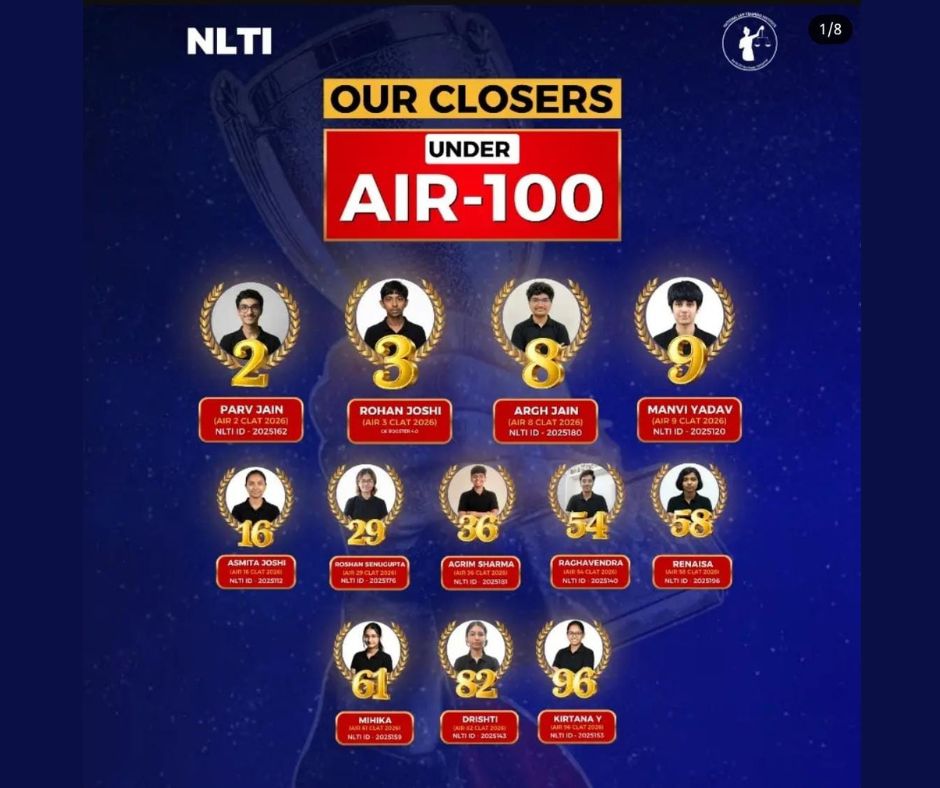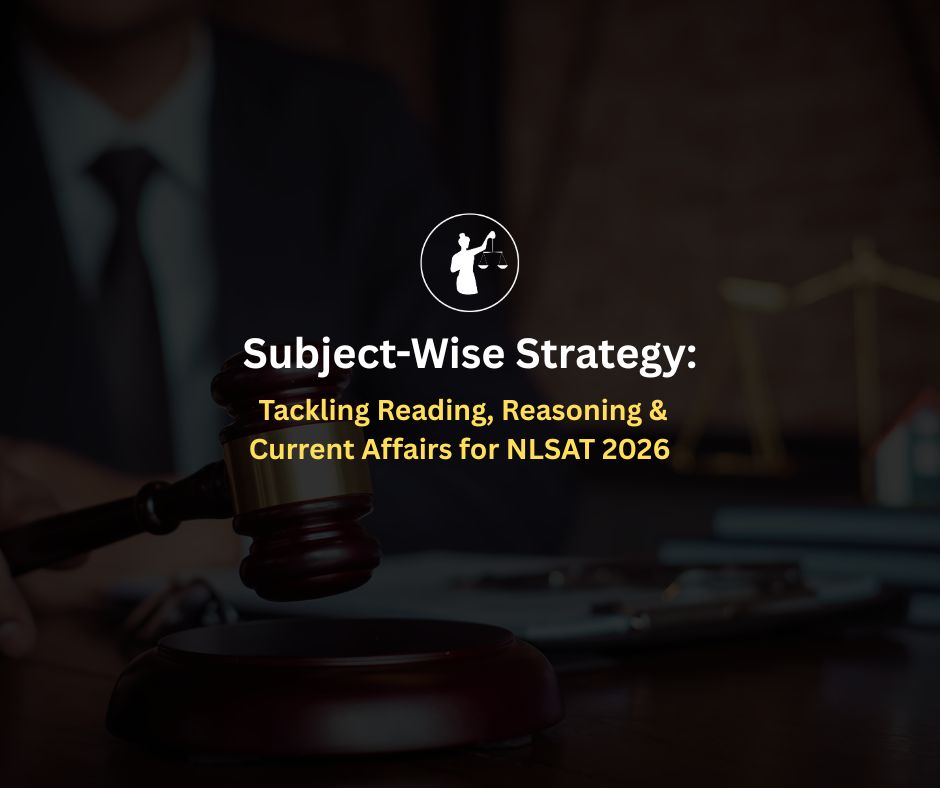
The National Law School Admission Test (NLSAT) is one of the most selective pathways to the 3-year LL.B. program at NLSIU Bangalore. As competition intensifies, every aspirant must develop a focused approach toward the three pillars of the exam: reading comprehension, reasoning, and current affairs.
Check Out NLSAT Online Coaching and Mentorship
This guide breaks down an effective NLSAT reading strategy and NLSAT reasoning prep plan, combining expert insights, study schedules, and actionable techniques to help you maximize your scores.
Before diving into the NLSAT reading strategy or NLSAT reasoning prep, understand the paper structure:
Your strategy should balance analytical precision (reasoning) and expressive clarity (reading & writing).
Read More: NLSAT 2026: Psychological and Stress Management Tips
A strong NLSAT reading strategy builds your foundation for both objective and subjective parts. Reading comprehension passages in NLSAT are long, inference-driven, and vocabulary-rich.
Comprehension Accuracy: Focus on understanding tone, structure, and inference rather than speed reading.
Critical Reading: Identify argument patterns, assumptions, and the author’s perspective.
Summarization Practice: After every article, write a 2-line summary; it improves recall and reasoning linkage.
The Hindu and Indian Express editorials (argument and tone analysis)
LiveMint and The Print columns (for policy-based reading)
Legal news from Bar & Bench and LiveLaw
Consistent reading practice directly reinforces NLSAT reasoning prep by improving comprehension speed and contextual awareness.
Read More: Mock Analysis: Learning From Mistakes in NLSAT
The NLSAT reasoning prep segment evaluates analytical depth and the ability to identify assumptions, inferences, and logical structures. It carries almost one-third of your Part A score.
Question Types:
Assumption, Inference, Strengthen/Weaken, and Logical Fallacy questions
Sources of Practice:
CLAT/AILET logical reasoning sets
LSAT or GMAT critical reasoning sections
NLTI’s curated NLSAT mock papers
Identify premises and conclusions quickly using connectors like "because," "therefore," and "however."
Eliminate extreme or unrelated options.
Revisit weak areas weekly through sectional mocks.
Read More: NLSAT 2026 Exam Date Announced: Complete Details
The analytical reasoning section in Part B tests argument construction and clarity of thought. It’s where reasoning translates into structured writing.
Introduction: Define the central issue logically.
Body: Present 2–3 balanced arguments supported by examples.
Conclusion: Offer a reasoned and impartial closing statement.
Keep arguments structured, factual, and concise.
Avoid emotional or rhetorical tones.
Use headings or bullet points for clarity.
Strong analytical writing reflects the effectiveness of your NLSAT reasoning prep.
The current affairs component tests awareness of national and global developments relevant to law, governance, and society.
The Hindu, Indian Express, and PRS India for legislative analysis.
Vision IAS Monthly Magazines for summarized updates.
Legal updates from LiveLaw and Bar & Bench.
Read More: NLSAT 2026: 10-Minute Daily Drills for Quick Practice
Integrating current affairs with NLSAT reading strategy makes your essays richer and contextually stronger.
Read More: Top Free Online Resources and Tools for NLSAT Prep
Neglecting timed mock tests during NLSAT reasoning prep.
Reading passively without summarizing key points.
Overloading with excessive materials instead of focusing on core sources.
Ignoring feedback on essay writing.
Memorizing facts for current affairs without understanding their implications.
Q1. What is the best way to start the NLSAT reading strategy for beginners?
Begin with daily editorials from The Hindu and Indian Express. Summarize passages and note unfamiliar words to improve comprehension and inference skills.
Q2. How much time should I dedicate to NLSAT reasoning prep daily?
Spend 1.5–2 hours daily: 1 hour for logical reasoning sets and 30–45 minutes for analytical essay practice.
Q3. Is legal knowledge required for NLSAT reasoning?
No. The exam tests reasoning ability, not legal knowledge. All required context is provided in the question.
Q4. How are reading and reasoning connected in NLSAT?
Strong reading comprehension helps you identify assumptions, arguments, and tones, directly improving reasoning accuracy.
Q5. Which are the best NLSAT reasoning prep resources?
Books by M.K. Pandey and R.S. Aggarwal, NLTI mock tests, and LSAT-style question banks are ideal for systematic practice.
Q6. How should I combine reading and current affairs preparation?
Dedicate your reading hour to opinion pieces and analyses of current events; this dual preparation improves both comprehension and essay relevance.
Cracking NLSAT 2026 requires synergy between reading comprehension, logical reasoning, and current affairs awareness. A well-designed NLSAT reading strategy builds context and speed; a disciplined NLSAT reasoning prep approach ensures analytical accuracy; and consistent awareness of current events makes your essays insightful.
With structured study blocks, targeted mock tests, and expert mentorship (like NLTI’s guided modules), aspirants can transform these three areas into their highest-scoring strengths.
Consistency, reflection, and smart strategy That’s the formula to mastering NLSAT 2026.
